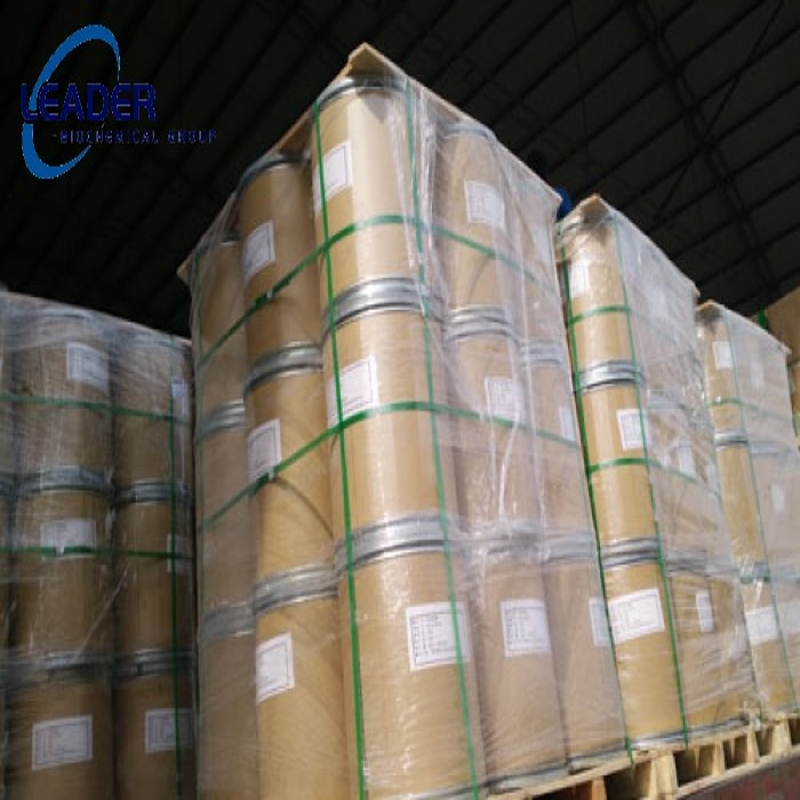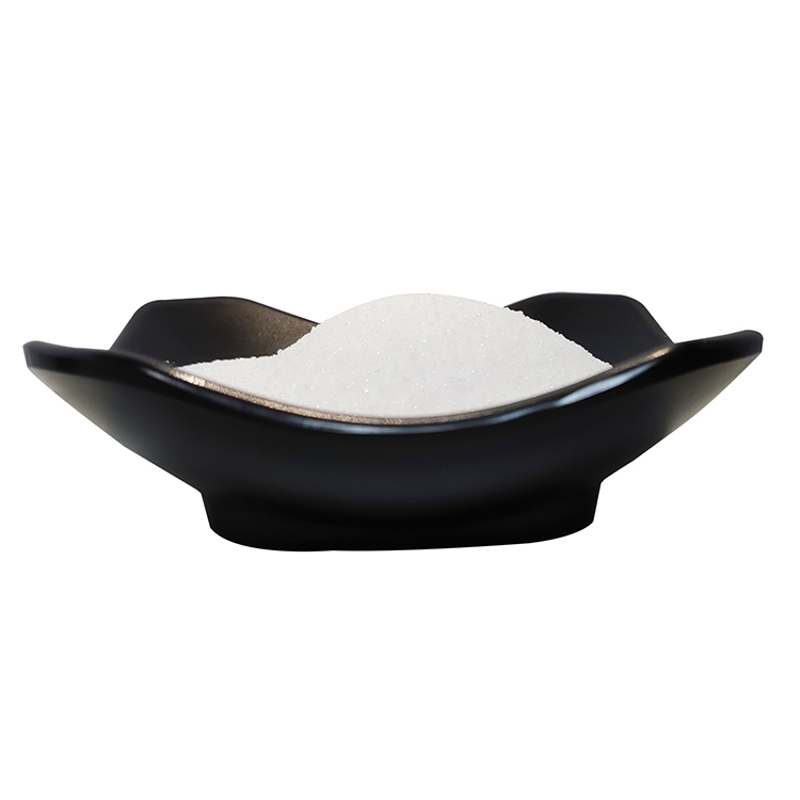-
Categories
-
Pharmaceutical Intermediates
-
Active Pharmaceutical Ingredients
-
Food Additives
- Industrial Coatings
- Agrochemicals
- Dyes and Pigments
- Surfactant
- Flavors and Fragrances
- Chemical Reagents
- Catalyst and Auxiliary
- Natural Products
- Inorganic Chemistry
-
Organic Chemistry
-
Biochemical Engineering
- Analytical Chemistry
-
Cosmetic Ingredient
- Water Treatment Chemical
-
Pharmaceutical Intermediates
Promotion
ECHEMI Mall
Wholesale
Weekly Price
Exhibition
News
-
Trade Service
It's a common phenomenon for people who exercise regularly: two people with similar fitness levels doing the same exercise get completely different results
.
This is very frustrating for those who, despite their best efforts, can't seem to improve
.
Brigham Young University exercise science researchers understand this feeling and are trying to solve the problem
.
The good news: They believe they've cracked the password
.
The team's newly published research reveals a more effective way to determine the intensity
of exercise each person needs to achieve maximum results.
A study published in the Journal of Applied Physiology outlines a new system that can create not only personalized workouts, but also "prescribed" workouts that produce results
regardless of an individual's current state of health.
Jayson Gifford, a professor of exercise science at Brigham Young University and senior author of the study, said: "One day, we'll prescribe
exercise like a prescription.
" "In order to prescribe medicine, you need to have predictable results
for every dose.
We've found that exercise is the same thing
.
”
The study explains that when individual workouts are performed according to so-called "critical strength," the results show greater improvements in endurance and greater
long-term benefits for individuals.
The authors define critical capability as the highest level of
our comfort zone.
Jessica Collins, lead author of the study and a former graduate student at Brigham Young University, said: "We can maintain this level
for a long time before things start to become uncomfortable.
"
Here's how it works: Let's say two friends have similar Max Heart Rates
.
The previous understanding of sports was that if they ran at the same speed together, their experiences should be very similar
.
However, when these two friends were running at 6 miles per hour, one of them was easy and the other was difficult
.
At the same speed and the same Max Heart Rate percentage, these unique experiences are because 6 mph is below one friend's critical power
, but higher than another's.
When exercising below a person's critical strength, their body can compensate for energy challenges and achieve comfortable and controllable homeostasis
.
However, when exercise exceeds a person's critical capacity, their body cannot fully compensate for energy needs, leading to exhaustion
.
Traditionally, personalized exercise
is recommended based on a fixed percentage of a person's maximum oxygen consumption rate (VO2 Max) or maximum heart rate.
Collins and Gifford say using "key strengths" is a better way to prescribe exercise because it applies accurately not only to athletes and people in good shape, but also to older adults or sedentary lifestyles
.
"This kind of research is helpful for everyone, no matter how active
they are right now," Collins said.
For the study, Collins, Gifford and co-authors recruited 22 participants between the ages of 18 and 35 who were all healthy but less
fit.
Participants received 8 weeks of supervised exercise training, in which they were randomly assigned to either high-intensity cycling training or moderate-intensity continuous cycling training
.
Traditional exercise prescriptions are based on an individual's maximum heart rate or maximum oxygen uptake
.
The researchers found that a workout prescription with VO2 Max as a reference point led to a surprising change in
results.
Some participants benefit significantly during the training, while others do not, although the training is individualized for them
.
They compared it to each individual's critical capacity and found that it accounted for 60 percent
of the variability in the findings.
If critical power is used as a reference point for heart rate during exercise, the difference in results is smaller, meaning that the training process is more effective and beneficial
for each participant.
"One of the biggest reasons people don't exercise as much as they should be is that they've tried things in the past and haven't had the results
they expected," Collins said.
"The great thing about basing workouts on key strengths is that we almost always guarantee results, which allows us to help people achieve their fitness goals
.
"
To calculate a person's critical energy, the researchers asked participants to complete multiple distances of exercise (such as running, cycling)
as fast as possible.
They then took the average speed and inserted that data into a proprietary formula that determined the relationship between travel distance and movement time, resulting in a critical power number
.
They found that a person's critical abilities could be greatly improved through athletic training, making previously difficult things less challenging, less uncomfortable, and less tiring
.
"Exercise is so beneficial to you that whatever you do, you're going to see some kind of benefit
," Gifford said.
"This study just tells people that they can optimize their workouts more fully, so they get more
out of it.
" We are pleased that in the near future, people will be able to more easily understand their personal critical strengths
.
”
Critical power and work-prime account for variability in endurance training adaptations not captured by V?o2max







